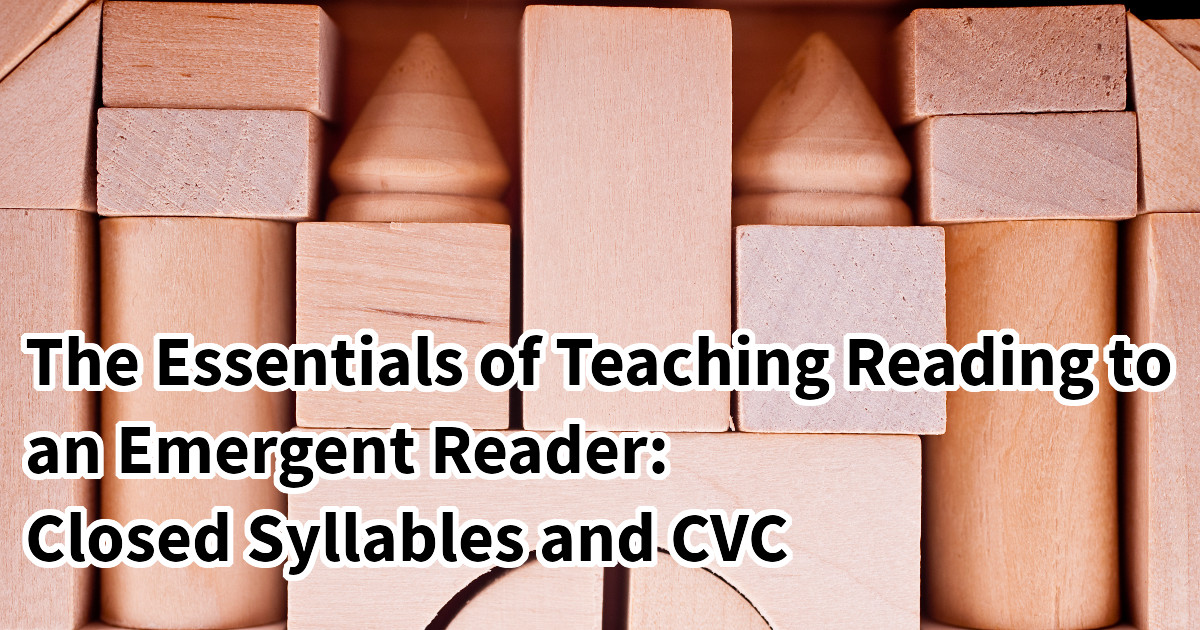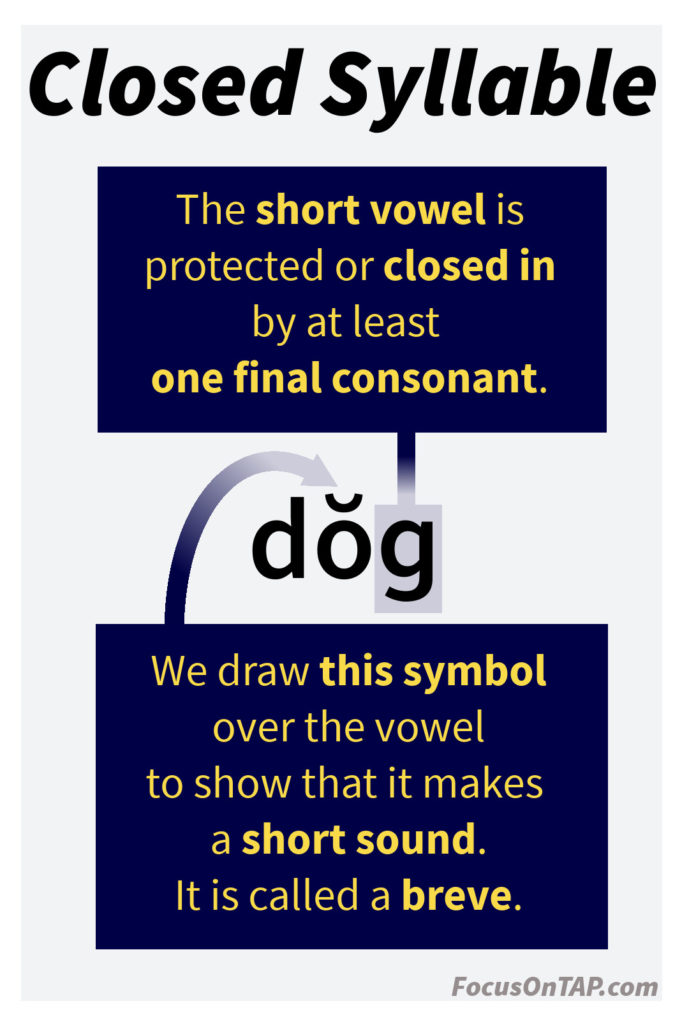What do we mean when teachers and speech pathologists classify words using capital letters like CVC?
When teachers and other literacy specialists talk and write about reading, terms that are unfamiliar to most parents can find their way into the conversation. In this post I want to focus on the essentials and explain some of these key terms.
VC- CCCVCC
What do these capitalised letters really mean? C stands for consonant and V stands for vowel. When literacy specialists talk about these arrangements of letters, we are talking about spelling and reading patterns. For example, in a CVC word like CAT we have a consonant followed by a vowel and then another consonant. When we talk about CCVC words we are talking about words like TRAP where we have two consonant sounds before the vowel.
Consonant Clusters
We can describe any word using initials like this and, in other blogs planned for next year, I will go into more detail. However, for this blog I am going to concentrate on those words that are considered to be closed syllables. These are the kinds of words beginning readers need to practise blending, and gain automaticity in decoding, before moving on to more complicated words with more varied vowel sounds.
Here are some of the consonant vowel variations that can be found in closed syllables.
- VC (at)
- CVC (cat)
- CVCC (sand)
- CCVCC (trend)
- CCVC (flip)
- CCCVCC (splint)
What all of the combinations of letters in the words above have in common, is that they are all found in closed syllables.
When we teach students to read using systematic and cumulative phonics, we begin with the fewest consonants in a cluster or blend and gradually add more as a reader gains automaticity and decoding speed.
What is a closed syllable?
A closed syllable is the most common syllable type in the English language. It is also important to note that in a closed syllable the vowel generally makes its short sound because it is protected by one or more consonants.
What are short vowel sounds?
Badly designed alphabet charts and alphabet picture books can confuse parents and teachers alike about the distinct sounds that letters make. As we are focusing on essentials here and the syllable type we are discussing is closed, let us also define the short vowel sounds.
In a short vowel (sometimes also referred to as a weak vowel) the vowels usually make the following sounds.
a (apple)
e (egg)
i (igloo)
o (on)
u (umbrella)
y (sounds like ‘i’ as in gym)
This may seem like too much information for an emergent reader but it is, in fact, incredibly liberating. Rather than memorising words as a whole, a reader may now use the six short vowel sounds, basic consonant sounds and taught consonant digraphs to decode any number of known and novel words. This is very empowering and is the base knowledge on which an emergent reader builds in order to become an independent reader.
Why is a Systematic and Cumulative Structure Important for Teen and Adult Emergent Readers?
The teen and adult emergent reader is a particularly vulnerable demographic. This group of learners is statistically more likely to have significant learning difficulties like dyslexia, dysgraphia, ADHD and ASD. For a variety of social and educational reasons they have also failed to acquire a level of functional literacy that will equip them for many of the challenges of adult life.
In the publication, “Research-Based Principles for Adult Basic Education Reading Instruction” (2002) J Kruidenier notes that the adults with poor reading skills he studied often had large numbers of ‘sight’ words that masked underlying phonological and phonemic deficits. This suggests that these adult emergent readers had not received direct instruction in systematic and cumulative phonics whilst at school but had, perhaps, received more training in whole language memorisation techniques. It also suggests that these whole language techniques had not been effective in teaching the adult learners to read.
The TAP novel series is designed to support readers like this. The series provides older emergent readers with age-appropriate texts designed around a systematic and cumulative underlying phonic structure.
TAP for the Adult or Teen Emergent Reader
Level 2 of the TAP (Teen & Adult Phonics) novel series focuses on allowing an emergent reader to practise decoding consonant clusters with mostly short vowel sounds in closed syllables. (Level 2 also begins to introduce the single syllable, open syllable but these will be discussed in more detail in a future blog.) Whilst Level 3 will go on to introduce e-controlled long vowel sounds, at this stage a reader is encouraged to consolidate blending the basic alphabetic code until automaticity is gained and decoding becomes less effortful. Only when automaticity is gained at this level, is it time to introduce more complex reading code.
Cornerstones Concepts in Literacy
I hope you’ve found this post useful. It is the first in a series of posts about cornerstone concepts in literacy and reading instruction. I encourage you to read the second post in the series about open syllables and their importance for emergent readers. (Greg has come up with a bunch of examples of multi-syllabic words containing open syllables in pop music lyrics.) The series continues with an explanation of blending and its importance in learning to read.

